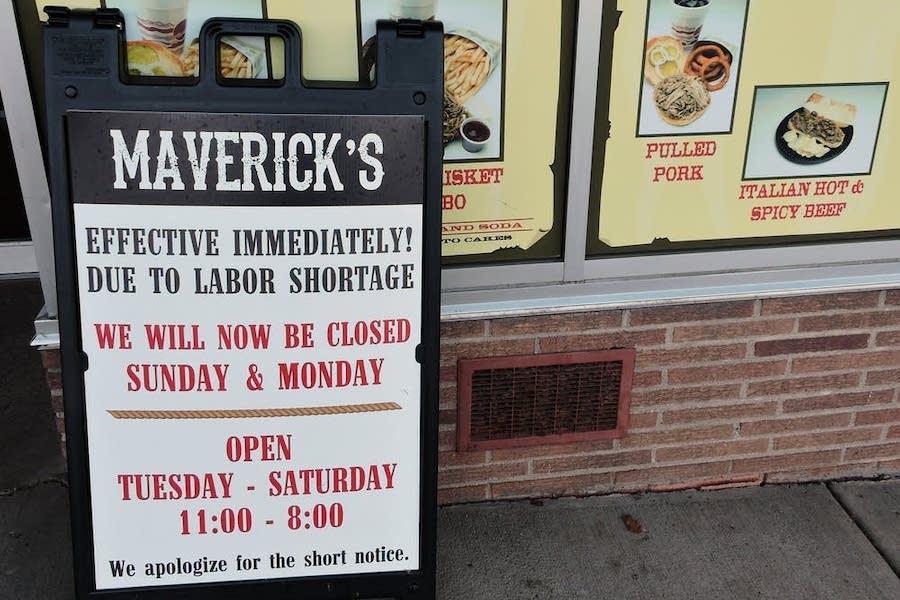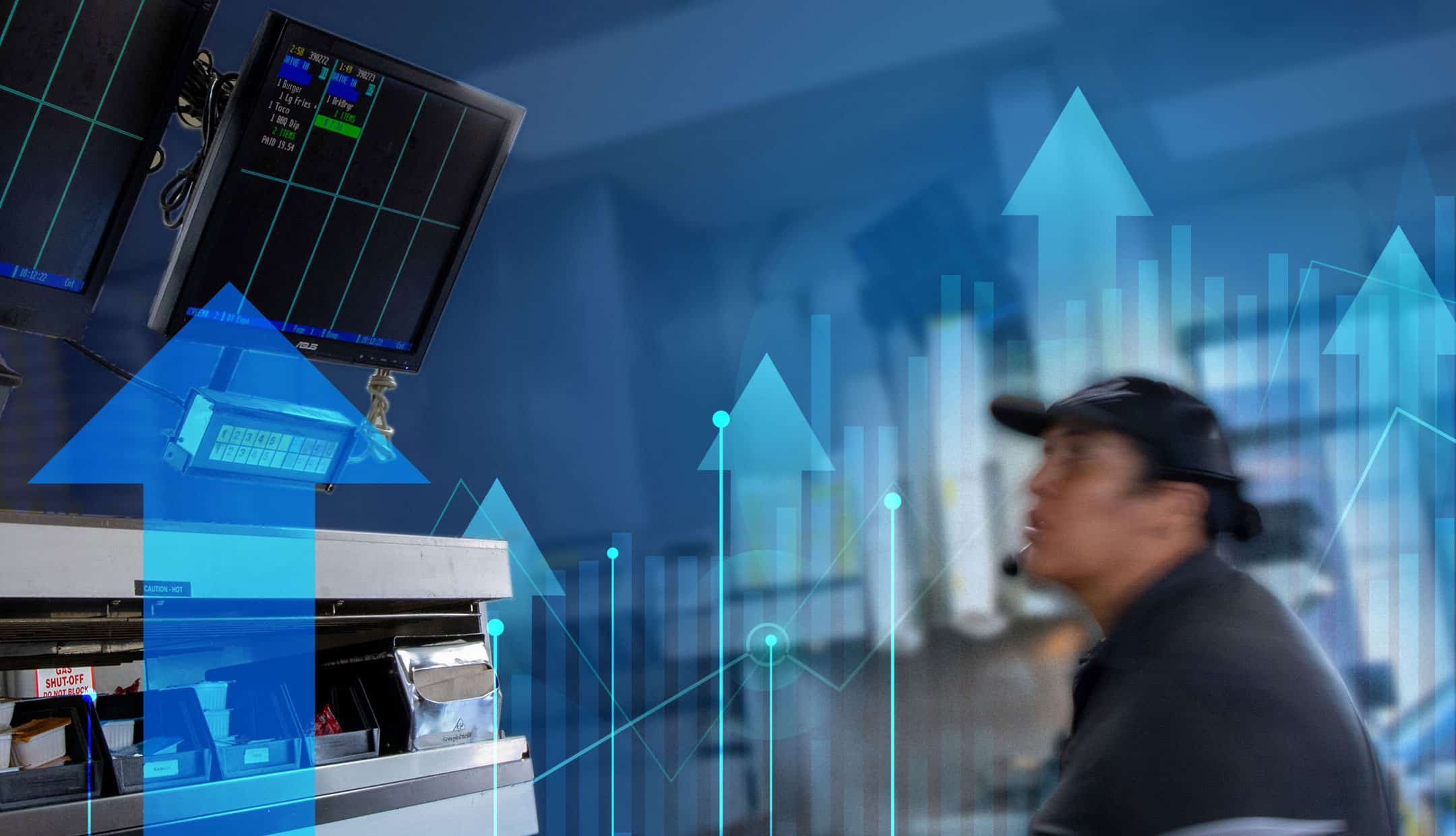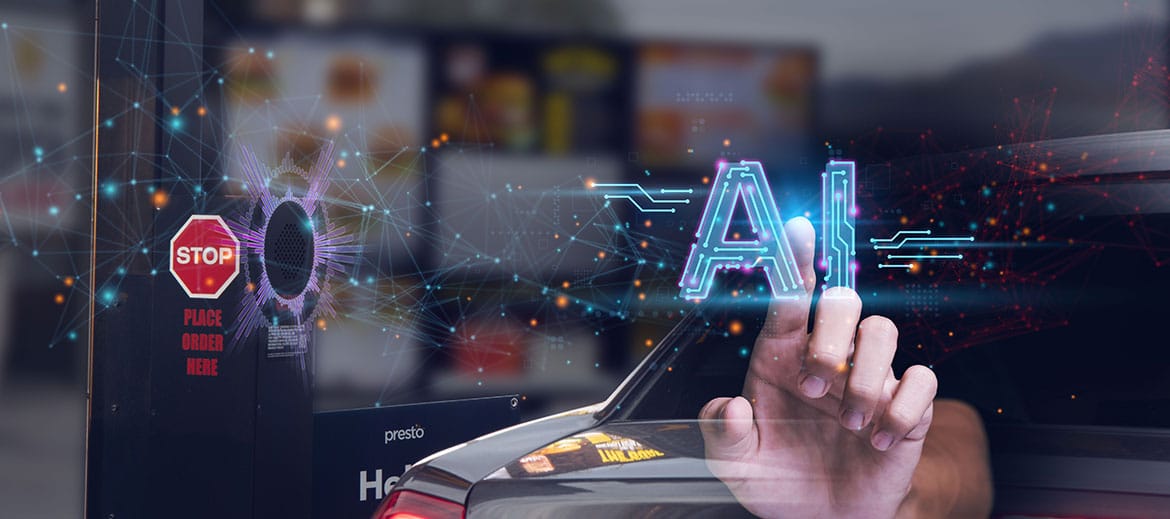As we come out of the pandemic, there is a major crisis brewing in the restaurant industry—a dramatic contraction in the supply of low-wage labor. Last year, many restaurant workers found themselves without a job and others began to turn away from the industry due to exposure risk of the virus. A lot of them turned to the gig economy. We don’t know how many will return. What would entice them to come back? The gig economy grew 33% in 2020 and is today more attractive than ever before.
Some restaurants are also experiencing slower turnover times. People used to be busy but now they have more time to hang out as there is no after-work rush. The rhythms of service have been thrown off exacerbating the labor problem. On the other hand, fast-food chains like McDonald’s and Taco Bell are looking to hire thousands of workers in an effort to reopen dining rooms making the situation worse for everyone else.
Eric Slaymaker, CEO of Salt Lake City-based Winger’s, told Restaurant Business Online recently that hiring is his biggest challenge. They are just not getting applicants and having to cut schedules or limit to takeout due to the labor situation. The industry’s labor crunch is back in full force and might even be worse than before the shutdowns.
History repeats itself.
Historical data from the 2008 recession shows that workers who left our industry due to the downturn never came back. As the industry rebounded, it had to recruit fresh people and train them all over again. Meanwhile, competition for experienced workers increased. It is important to have a strong team so you can differentiate yourself but staying financially competitive is also important.
According to a recent report on CBS Los Angeles, servers make about $150 to $200 per shift, including tips. But unemployed workers in California receive up to $450 a week from the state and an additional $600 a week as part of a federal assistance program introduced under the CARES Act for workers affected by the coronavirus pandemic. So where is the motivation to come back?
Your reopening is more like a new opening.
In some sense, reopening after vaccination is quite a bit like opening a new restaurant. You will need to prepare menus, train your staff, talk to vendors, and update the website. While you have been closed, your customers have learnt new ways of ordering and consuming food. They can’t wait to return but when they do, they are likely to have an entirely new set of expectations. They will want to interact with your restaurant through your website, a digital ordering platform, or other form of technology. QR code ordering has become ubiquitous and many restaurants are offering QR code payments as well.
It is critical to reopen fast, make an amazing first impression, and give guests what they are looking for. In these initial days, competition will be tough and new loyalties will be made. Don’t be complacent and don’t take your guests for granted. Work hard to make their first experience after the pandemic convenient, safe, and joyful.
Making a great first impression gives you the opportunity to completely win that new customer over, while creating an experience they will remember for a long time. Unfortunately, the labor shortages are real and if you don’t take that into consideration, you might miss the bus.
Show staff and guests you care.
Many concepts are announcing incentives for existing and returning employees. Darden Restaurants, for example, has allocated $17 million for a “thank you bonus” for its 90,000 employees. They have also promised a minimum pay of $10 per hour. Yum! Brands is offering bonuses to general managers at company-owned outlets of Pizza Hut, Taco Bell, The Habit Burger Grill and KFC. Other restaurant chains are following suit with new employee benefits including debt-free tuition, more paid vacation, company equity, and growth opportunities.
As the owner or manager, be prepared to do more. You will need to send a clear message to your staff that you are committed to them and their success. You should work hard to hire a great and motivated team. Invest in your employees and their morale, so they can wow your guests.
There will be an ongoing need to isolate and remove staff who are ill and keep people apart for social distancing. Adding natural light, renovating employee areas, access to break rooms, and remodeled facilities can make a big difference.
Technology needs to be a part of the solution.
And bring technology that will make staff more efficient, help them earn more, and improve your bottomline. It will also shelter you from the uncertainties of the labor market. Remember to deploy and integrate key technologies early on, so you stay ahead of the curve and can compete effectively when guests return.
The labor situation is definitely challenging but if you manage it proactively you can provide guests a superior experience while maintaining your bottom line. Stay tuned for more such articles in future on how you can leverage technology as a part of your reopening “win strategy”!
About the Author

Rajat founded Presto in 2008 while pursuing his doctorate at MIT. He has also cofounded Zimride (now Lyft), the popular ride-sharing company. A widely acknowledged expert in hospitality technology, Rajat is regularly featured in television interviews and media articles.
Contact mktg@presto.com to schedule a media interview or analyst briefing with him.



